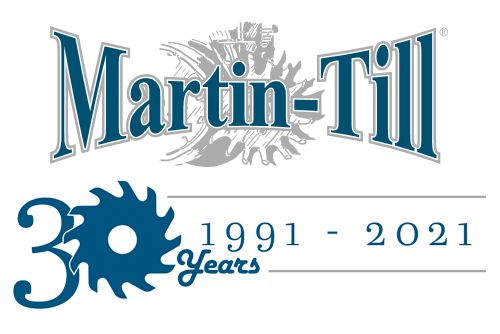Faced with growing input costs and declining subsidies, British farmer Paul Temple switched to no-tillage to make his operation more profitable. Now, amid surging fertilizer prices, Temple hopes his investment in conservation agriculture will continue to pay dividends.
Temple farms and raises 550 head of beef cattle on about 890 acres near Driffield, East Yorkshire. He grows a diverse rotation of crops, including winter wheat, winter barley, oilseed rape and spring beans.
In the 5 years since Temple transitioned his conventionally tilled fields to no-till, he reduced his overall nitrogen applications by 25% and stopped using purchased phosphorus and potassium. Instead, he incorporates manure from his cattle onto two-thirds of his fields. The manure is turned once with the telehandler bucket before application to make it more like compost.
He’s also phasing out insecticides and instead relying on his soil biology. Some of his fields have soil organic matter as high as 7%.
Fungicides are used sparingly. Temple and his agronomist work together closely to monitor disease threshold levels and identify potential disease threats. With this type of management, he’s been able to eliminate the autumn fungicide on oilseed rape and now only uses spring applications. He says he hasn’t used a T0 spray for 5 years and only applies 2 main fungicides at late T1 and T2.5.
No-till also has allowed Temple to reduce his labor and machinery costs by one-third. He uses a Weaving direct drill to establish all of his crops — a single piece of equipment that’s replaced his plow, power harrow and Vaderstad drill.
Temple and his neighbor share a New Holland 8080 combine, which provides a multitude of benefits. Not only are they splitting the financial burden, but they also have another person to rely on during the busy harvest season and go to with questions.
While the advantages are numerous, adopting no-till hasn’t come without challenges for Temple. He’s considering some drainage work for the first time ever to address a problematic 6-acre plot.
“Don’t expect no-till cultivation methods to solve drainage problems,” he says in an interview with Farmers Weekly. “If there is an issue and you don’t move the soil, it can become stagnant and lose worm numbers. Awareness of drainage is really important and part of a new learning process.”
Temple says it was a challenge to make vining peas work consistently in a no-till system, so last year, he grew spring beans instead. On the bright side, the beans yielded 74.4 bushels per acre and made a visual difference in winter wheat growth in crops following the beans.
No-tilling forced him to lower his wheat yield expectations from 178.4 bushels per acre to 148.7 bushels per acre, but he’s hoping to make up the difference with the lower-input system.
However, this year’s high input prices have him worried about rising production costs in his no-till system. His costs have already gone up by about $83 an acre compared to last year. Temple’s winter wheat receives about 142.8 pounds of liquid fertilizer and yields 148.7 bushels per acre. He’s awaiting results from his farm’s latest soil analysis to fine-tune any further changes.
“The season started off optimistically,” he says. “Harvest went remarkably well, and we had a good drilling campaign. November was kind, which favored crop growth, so crops are looking well, but rising production costs have turned things on their heads, and you can’t help but feel more nervous.”
Related Content
Looking After England’s Soils with Covers, Direct Drilling: Contract farmer James Alexander is using cover crops, molasses and alternative seeding methods to rebuild soils in the U.K., turning the fields he’s managing into labs to compare the results of his efforts.
No-Tilling In The United Kingdom: Jim Bullock’s switch to no-tilling on land in Worcestershire, England, that his family has farmed for more than 485 years reveals what’s been happening on the no-till scene in Europe.
Farming Life: A Hop Across the Pond: Having only previously attended farming conferences in the UK, I hadn’t anticipated many of the American rituals at the 2022 National No-Tillage Conference.
The No-Till Passport series is brought to you by Martin Industries.
Since 1991, Martin Industries has designed, manufactured and sold leading agriculture equipment across the U.S. and Canada. Known for Martin-Till planter attachments, the company has expanded to include a five-step planting system, closing wheel systems, twisted drag chains, fertilizer openers and more in their lineup. Their durable and reliable planter attachments are making it possible for more and more farmers to plant into higher levels of residue.









Post a comment
Report Abusive Comment